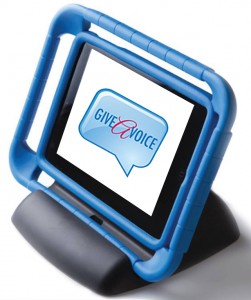Video Modeling is a great way to teach secondary students important routines through watching videos. Video Modeling, combined with a task analysis of the expected behaviors, can help your students be successful when learning new routines. It also can address challenging behavior in a positive, proactive way.
Video modeling is considered an Evidence Based-Practice by the National Professional Development Center on Autism Spectrum Disorders (Wong et al., 2015). Video modeling has been shown to be effective for a wide-range of outcomes, including academic, social, communication, vocational and play skills. This strategy involves creating videos to provide students a model of expected behaviors and then providing the student an opportunity to perform the expected behavior. Video modeling, combined with task analysis, prompting and reinforcement strategies has a wide range of benefits, plus it’s fun and easy!
Add Video Modeling to your instructional tool kit with these few simple tips:
1. Select a routine that is challenging for the student to perform independently (i.e., turning in homework, transitioning from class to class).
2. Use a device (i.e., smart phone, tablet) and videotape a student performing the entire routine independently (no adult prompts provided).
• Videotape the target student(s) performing the routine. If prompts are needed, edit the prompts from the routine prior to using the video.
• Typical peer(s) can also be used to perform the routine. It can be helpful to provide the peer with a simple script prior to the videotape session.
• It is usually most successful to use a tablet and show the video on the same device.
• Video editing software can be used to add captions or voice over if it enhances student learning, however, it is not necessary.
3. Show the video model to the student(s) prior to the student beginning the routine or routine simulation.





